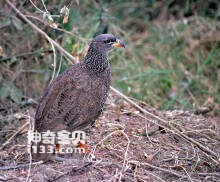
francolinus hildebrandti
francolinus hildebrandti,Hildebrandt's Francolin
francolinushildebrandti (scientific name: Francolinus Hildebrandti) foreign ···
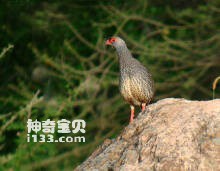
Pternistis harwoodi
Pternistis harwoodi,Harwood's Francolin
Hai's colored partridge (scientific name: Pternistis harwoodi) foreign n···
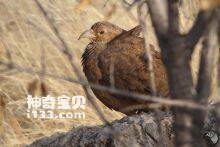
Pternistis hartlaubi
Pternistis hartlaubi,Hartlaub's Francolin
Hartlaub (scientific name: Pternistis hartlaubi) foreign name Hartlaub' ···
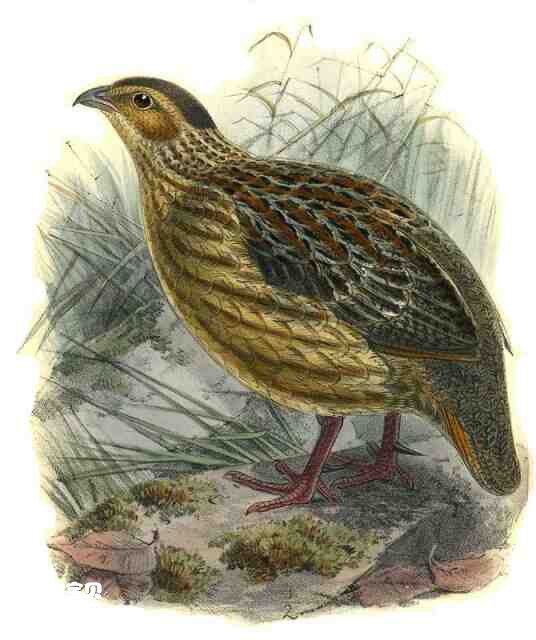
Pternistis griseostriatus
Pternistis griseostriatus,Grey-striped Francolin
The Grey-striped Francolin (Pternistis griseostriatus) has no subspecies.The···
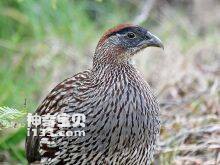
Pternistis erckelii
Pternistis erckelii,Erckel's Francolin
Brown top colored partridge (scientific name: Pternistis erckelii) foreign n···
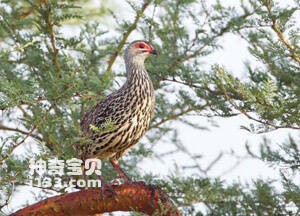
Pternistis clappertoni
Pternistis clappertoni,Clapperton's Francolin
The red-orbital colored Partridge (scientific name: Pternistis clappertoni) ···
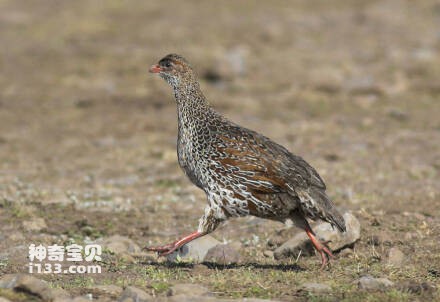
Pternistis castaneicollis
Pternistis castaneicollis,Chestnut-naped Francolin
Chestnut-naped Francolin (Pternistis castaneicollis) has three subspecies.Th···
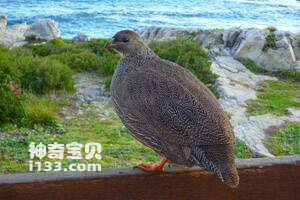
Pternistis capensis
Pternistis capensis,Cape Francolin
South African colored partridge (Pternistis capensis) foreign name Cape Fran···
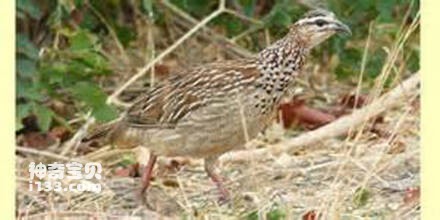
Pternistis camerunensis
Pternistis camerunensis,Cameroon Francolin
The camerunensis species is Cameroon Francolin (Pternistis camerunensis), wi···
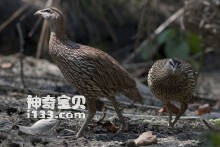
Pternistis bicalcaratus
Pternistis bicalcaratus,Double-spurred Francolin
The Double-spurred Francolin (Pternistis bicalcaratus) has three subspecies.···
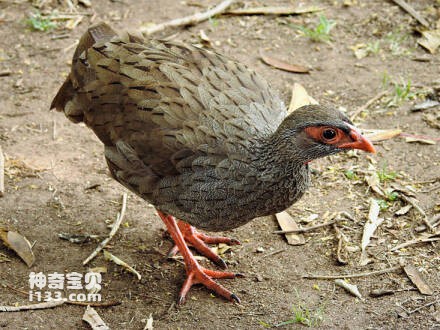
Pternistis atrifrons
Pternistis atrifrons,Black-fronted Francolin
The Black-fronted colored partridge (Pternistis atrifrons) is known as black···
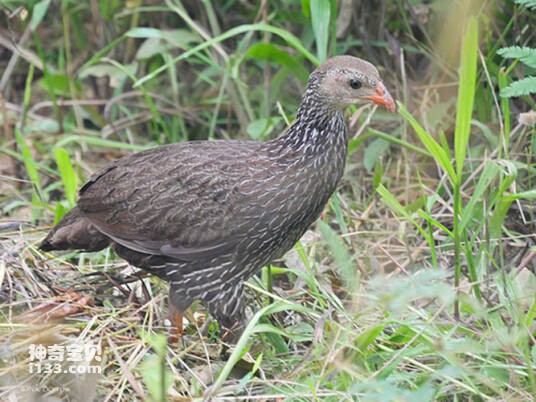
Pternistis ahantensis
Pternistis ahantensis,Ahanta Francolin
The brown top coloured partridge (Pternistis ahantensis) is known as Ahanta ···
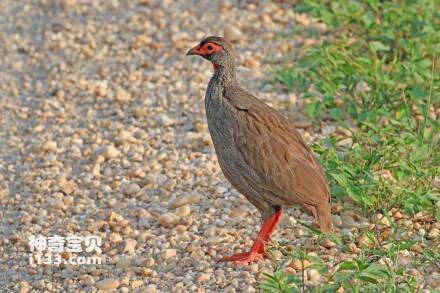
Pternistis afer
Pternistis afer,Red-necked Francolin
The red-throated colored partridge (Pternistis afer) is known as Red-necked ···
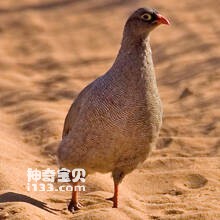
Pternistis adspersus
Pternistis adspersus,Red-billed Francolin
The Red-billed Francolin (Pternistis adspersus) has two subspecies. It's···
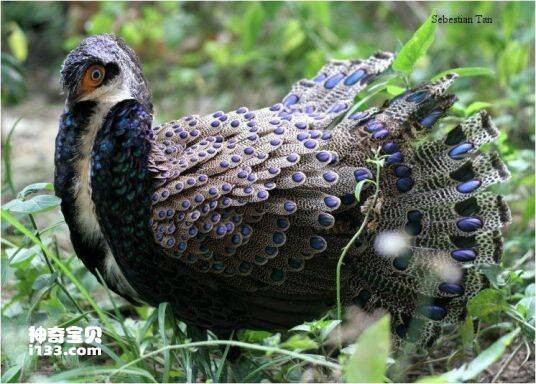
Polyplectron schleiermacheri
Polyplectron schleiermacheri,Bornean Peacock-pheasant
The Bornean Peacock pheasant (Latin name: Polyplectron schleiermacheri) is a···
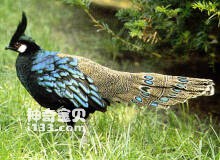
Polyplectron napoleonis
Polyplectron napoleonis,Palawan Peacock-pheasant
Polyplectron napoleonis (formerly Polyplectron emphanum), also known as the ···
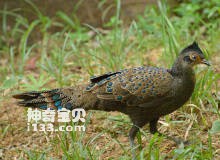
Polyplectron malacense
Polyplectron malacense,Malay Peacock-pheasant
The Malay Peacock pheasant (Polyplectron malacense) is a medium sized pheasa···
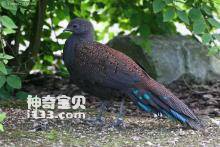
Polyplectron inopinatum
Polyplectron inopinatum,Mountain Peacock Pheasant
Polyplectron inopinatum, Mountain Peacock Pheasant often live alone or in pa···
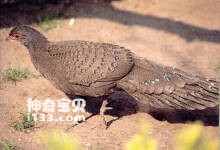
Polyplectron germaini
Polyplectron germaini,Germain's Peacock-pheasant
Polyplectron germaini is a medium sized pheasant. Endemic to Indochina Penin···
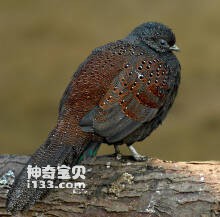
Polyplectron chalcurum
Polyplectron chalcurum,Bronze-tailed Peacock Pheasant
Polyplectron chalcurum, foreign name Bronze-tailed Peacock Pheasant, often l···
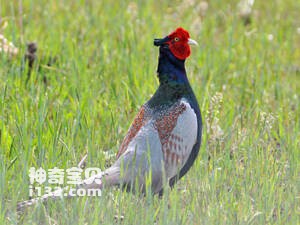
Phasianus versicolor
Phasianus versicolor,Green Pheasant
The Green Pheasant (Phasianus versicolor) is a species endemic to Japan, and···
